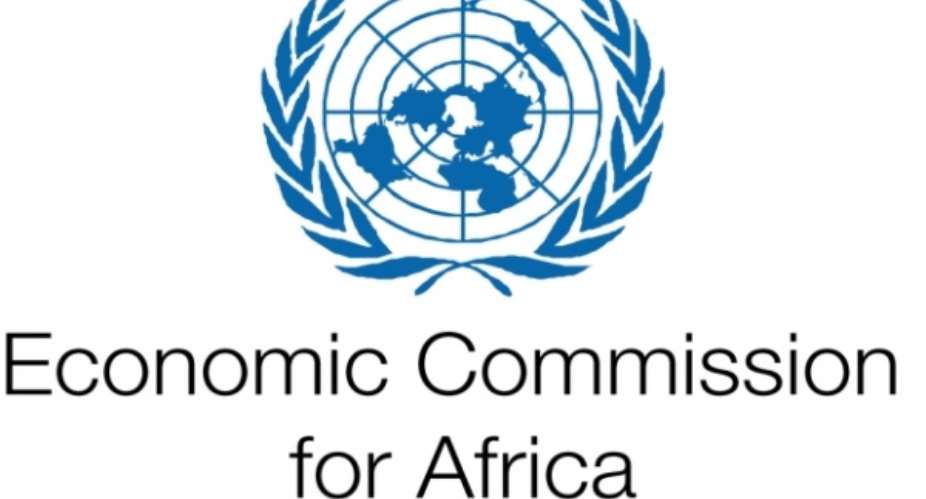ADDIS ABABA, Ethiopia, July 13, 2012/African Press Organization (APO)/ -- As preparations for next week's launch of the fifth edition of Assessing Regional Integration in Africa (ARIA V) get underway in Addis Ababa, the Heads of States Summit of the African Union is once again tackling the theme, Boosting intra-African Trade from 9-16 July 2012. ARIA V is published jointly by the Economic Commission for Africa (ECA), the African Union Commission (AUC) and the African Development Bank (AfDB); and the fifth edition of the report inquires into Africa's Continental Free Trade Area (CFTA). The three institutions affirm that its findings come at a time of renewed political commitment to accelerate the pace of regional integration in Africa as seen in many positive developments, such as steps towards a favorable environment to create the free movement of factors of production.
According to Abdoulie Janneh, Under Secretary-General and ECA Executive Secretary, the case for boosting intra-Africa trade was made at the January Summit of the Heads of States and remains on the agenda of this month's Assembly of Heads of State and Government. He told the 21st Ordinary Session of the African Union Executive Council that legitimate observations were made in January, about the limited infrastructure and diversity of goods to allow for successful take-off of the Continental Free Trade Area (CFTA). He informed the gathering that ECA has examined these concerns and found that manufactured goods make up 46% of intra-Africa trade as compared with 10% for agricultural goods. “Moreover," said Janneh, "we also found that the degree of infrastructural development was not much higher in a comparable group like MERCOSUR in Latin America when it took off."
Mr. Janneh took the opportunity to re-affirm that ECA will accompany the CFTA process through the auspices of the African Trade Policy Centre, which is supported by Canada. “Specifically, ATPC will draw its future priorities from the mandate given to the AUC and ECA to advance the continental trade agenda.”
He pointed out that boosting intra-Africa trade also depends on the provision of infrastructure and expressed the hope that the G20 initiative on infrastructure financing will gain further traction and that the multilateral finance institutions, particularly the African Development Bank and World Bank will strengthen their instruments for financing regional infrastructure projects. “Such investments will also improve accessibility for humanitarian agencies, which continue to play a crucial role in the continent,” he said.
The overall objective of ARIA V was to contribute analytical insights to shape the debate and the move towards fast-tracking the establishment of a Continental Free Trade Area (CFTA) through the removal of outstanding obstacles to trade, including barriers to the free movement of people, investments and factors of production across Africa.
The report is complemented by a number of related products, including a mobile application, a film on intra-African trade, a proposed e-learning platform and a new ECA knowledge online network.





 We’ll no longer tolerate your empty, unwarranted attacks – TUC blasts Prof Adei
We’ll no longer tolerate your empty, unwarranted attacks – TUC blasts Prof Adei
 Bawumia donates GHc200,000 to support Madina fire victims
Bawumia donates GHc200,000 to support Madina fire victims
 IMF to disburse US$360million third tranche to Ghana without creditors MoU
IMF to disburse US$360million third tranche to Ghana without creditors MoU
 Truck owner share insights into train collision incident
Truck owner share insights into train collision incident
 Paramount chief of Bassare Traditional Area passes on
Paramount chief of Bassare Traditional Area passes on
 Two teachers in court over alleged illegal possession of BECE papers
Two teachers in court over alleged illegal possession of BECE papers
 Sunyani: Victim allegedly shot by traditional warriors appeals for justice
Sunyani: Victim allegedly shot by traditional warriors appeals for justice
 Mahama vows to scrap teacher licensure exams, review Free SHS policy
Mahama vows to scrap teacher licensure exams, review Free SHS policy
 Government will replace burnt Madina shops with a new three-story, 120-store fac...
Government will replace burnt Madina shops with a new three-story, 120-store fac...
